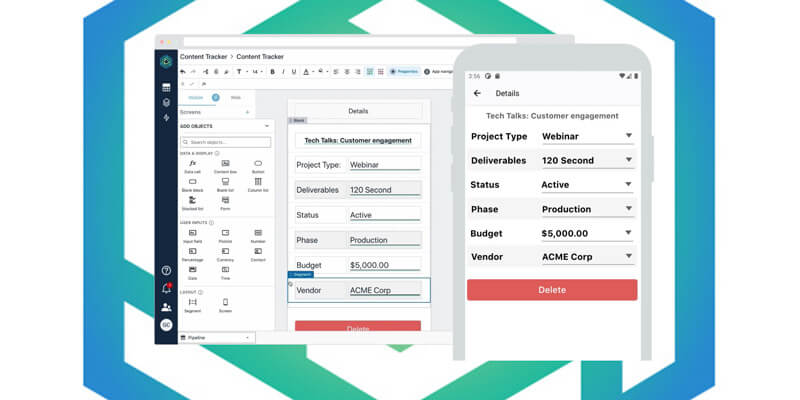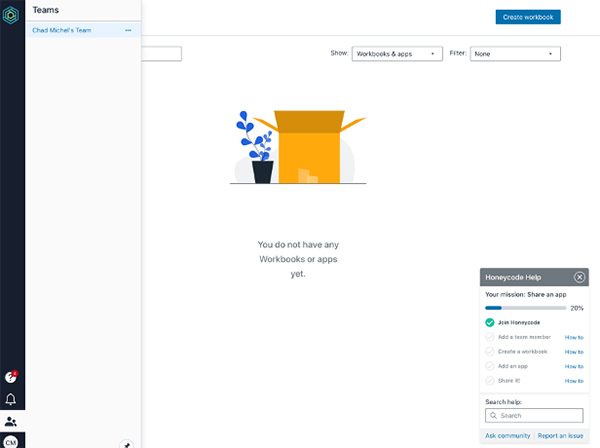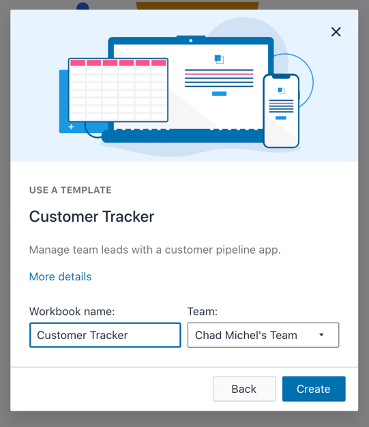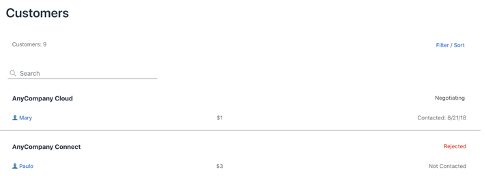
Quick Look – AWS Honeycode
We write a lot of applications that automate backend processes. These are typically applications that can be a little rough in terms of their user experience because they only function for a few (and often more technically savvy) users. These applications are often heavily data-driven, which is why they usually start in Excel before we build more robust incarnations of them.
Don’t get me wrong, Excel is an excellent place to start for a few reasons:
- It runs on a variety of platforms (including in your browser)
- The file formats are pretty much ubiquitous so sharing data is easy
- Most people have some level of experience with it
But Excel only works well if the complexity of the problem it’s solving (workflow) is kept small.
As you outgrow Excel, you may think of MS Access as an option. Access gives you more of a relational model, and it adds the ability to customize the user experience. While Access will work for many of these internal solutions, it brings a distribution problem (not everyone has Access, so not everyone can quickly open its solutions).
That is why web solutions for internal process automations can be a great option. You can quickly distribute access and data to anyone with a web browser. And once you get out from under Excel and Access, you have a lot more control over the user experience.
But building full software is time-consuming and expensive. If all you need is a UI for your internal users, a No Code-type solution looks more and more compelling.
That is where AWS Honeycode can help.
Getting Started with Honeycode
To create a Honeycode application, you will need to sign up and then create a new workbook.

AWS Honeycode has many templates you can start with. Many of these are probably a good starting point and a great way to learn Honeycode. I recommend starting with a template for your first application.

Then you name your workbook.

Now you have a sample application up and running.

Getting a data-driven app up and running is super easy.
Now I haven’t done a lot with AWS Honeycode, but it appears pretty limited in its current form. AWS Honeycode is also in beta, which means we probably should wait a little while before building anything we really care about on top of it. However, it is probably a technology to watch. AWS might create something usable for these internal process automations.


